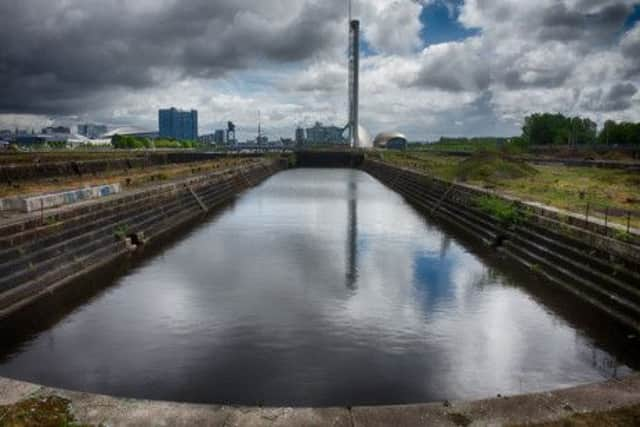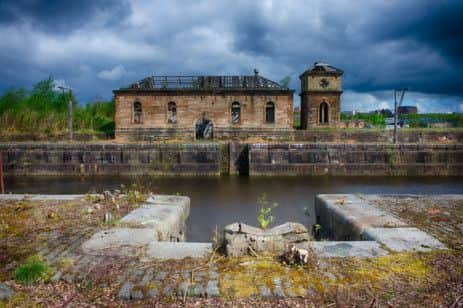100 Weeks of Scotland: Govan and shipbuilding


Week 83
From Rab C Nesbitt to Alex Ferguson it is seen as the home of the granite faced Scotsman. However Govan is more than that. There is more here than the cultural stereotypes of popular myth. It may be the image of a thousand men streaming out of the shipyard gates that has come to define the area but the history of women in Govan is as engaging and as strong as that of its men. There is a long culture of protest and it was the women of Govan who led the way, from suffragettes to sit-ins.
It is of course, first and foremost, ships that Govan is famous for. Here was the beating heart of the Clydeside shipbuilding industry that, essentially, built the ships that built the world. For well over a century the term ‘Govan-Built’ meant absolute quality and excellence. Shipbuilding made Govan, and Govan made shipbuilding.


Advertisement
Hide AdAnd yet how little remains today of the places and men who built the ships that girdled the world. At the BAE Fairfield yard on a sunny October day in 2010, HMS Duncan, a type 45 Destroyer slipped gracefully, stern-first, into the Clyde. She may well be the last great ship to be launched from Govan bringing to an end almost two centuries of shipbuilding in the area.
With the future of the Fairfield yard looking bleak it would be a hammer blow to Govan if it were to close. There have been hard times here before and somehow the yard has pulled through. Something tells me that despite the gloom, Govan does not give in easily. It may sadly be the case that the last mighty ship has sailed but with Scotland uniquely placed in Europe for an offshore renewables boom, there may yet be green shoots squeezing up through the well-worn cobbles of the old shipyards.
Away from the shipyards Govan has been gradually transformed over the years and new housing has sprung up where once the sound of the rivet gun could be heard. Nearby, BBC Scotland and STV have built their headquarters, the Glasgow Science Centre stands proudly on old dockyards and in Film City, located in the old Govan Town Hall, a first class Film & TV production facility has arrived in the area.
Walking around Govan, it felt alive and the sense of community and local pride was evident. The shipyards, physically and emotionally are never far away, but there is a sense here that what was once wrenched and shaped out of iron and steel has left too deep a mark to be easily scrubbed out. Govan helped build the industrialised world and it will not allow itself to be forgotten easily.
• Alan McCredie began the ‘100 weeks of Scotland’ website in October last year, and it will conclude in Autumn 2014. McCredie’s goal is to chronicle two years of Scottish life in the run-up to the independence referendum.
Alan says ‘one hundred weeks...’ is intended to show all sides of the country over the next two years. On the site, he says: “Whatever the result of the vote Scotland will be a different country afterward. These images will show a snapshot of the country in the run up to the referendum.
Advertisement
Hide Ad“The photos will be of all aspects of Scottish culture - politics, art, social issues, sport and anything else that catches the eye.”
Follow the project at www.100weeksofscotland.com. You can also follow Alan on Twitter @alanmccredie.